Create a landscape design for a Mediterranean climate by using drought-tolerant plants, incorporating water-wise irrigation systems, and utilizing hardscapes such as stone and gravel to reduce water usage.
Creating a landscape design that is suitable for a Mediterranean climate can be challenging but rewarding. With the right planning and knowledge of the area, it is possible to create an outdoor space that is beautiful and functional.
In this blog, we will discuss how to create a landscape design that takes into account the unique needs of a Mediterranean climate. We will cover topics such as selecting plants, choosing materials, and creating hardscaping features that are appropriate for your region.
Read on to learn more about creating a successful Mediterranean-style garden!
Look Inside:
Choose Drought-tolerant Plants
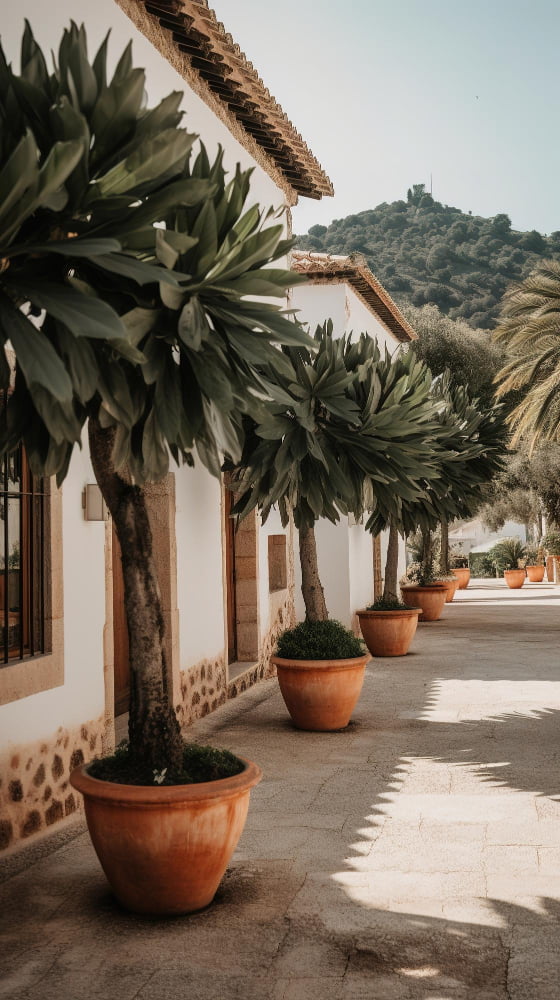
Drought-tolerant plants are those that can survive in dry conditions and require little water. These types of plants have adapted to the hot, dry climate of the Mediterranean region and can thrive with minimal irrigation or rainfall.
Examples of drought-tolerant plants include succulents, cacti, lavender, rosemary, sage, thyme and other herbs. These types of plants will help create a beautiful landscape while also being able to withstand long periods without water.
Use Native Species
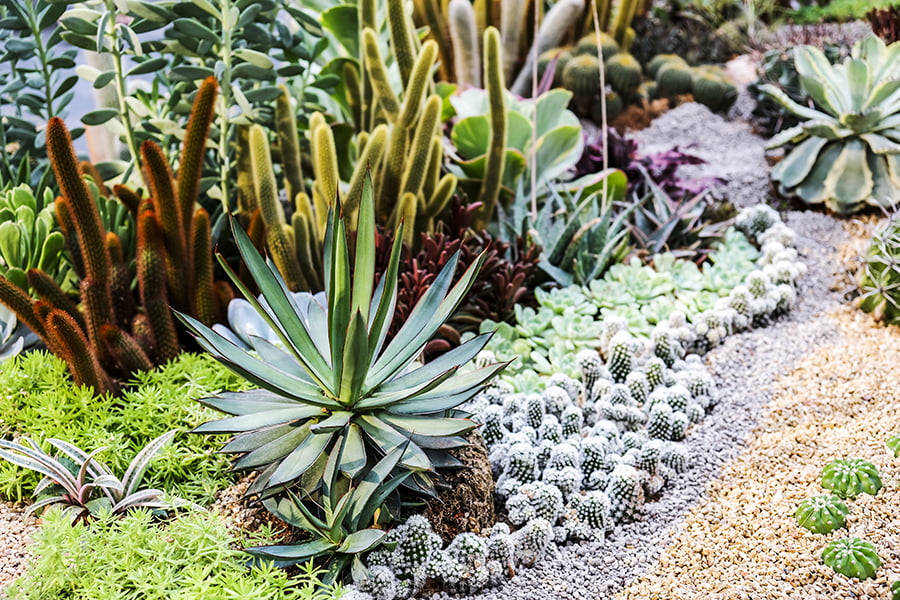
Native species are plants that naturally occur in the region, and they have adapted to local conditions such as temperature, rainfall, and soil type. By using these plants, you can create a landscape that will thrive without needing additional maintenance or resources.
Native species often attract beneficial wildlife such as birds and butterflies which can help to keep pests away from your garden. When selecting native species for your landscape design it is important to consider their growth habits so that they do not become invasive or overcrowd other plants in the area.
Incorporate Water Features
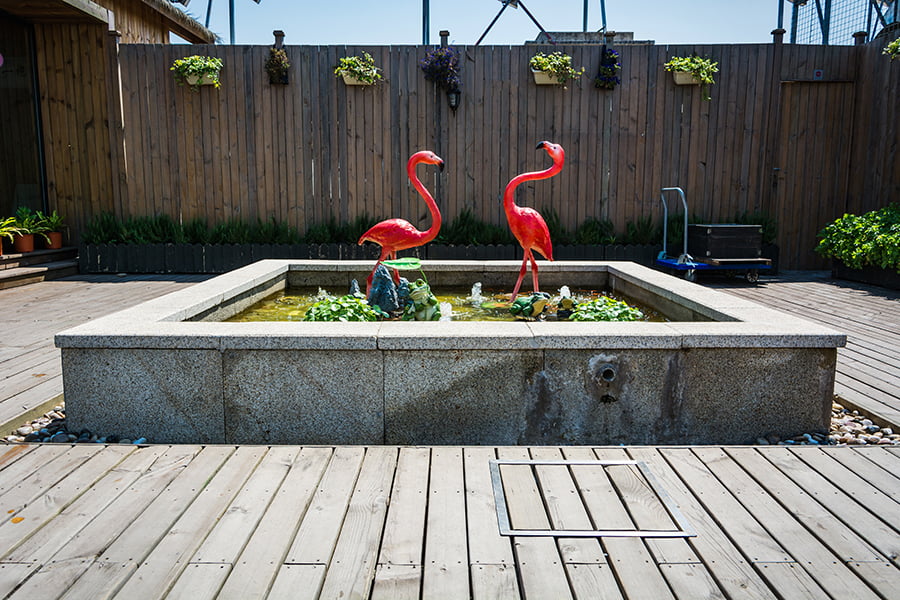
Water features can provide visual interest, help cool the air, and add sound to the environment. Examples of water features that are suitable for Mediterranean climates include ponds, fountains, streams, cascades, and waterfalls.
Ponds are great for providing habitat for wildlife while also adding visual appeal to the landscape. Fountains can be used as focal points in gardens or courtyards while streams and cascades can be used to create winding pathways through gardens or yards.
Waterfalls are dramatic additions that will draw attention from visitors and passersby alike. All of these water features should be designed with consideration given to their size relative to the surrounding area so they don’t overwhelm it or become too small in comparison.
Careful thought should be put into how much sun exposure each feature will receive since some plants may require more shade than others when placed near them.
Select Hardy Trees and Shrubs

These plants should be able to withstand the hot, dry summers and mild winters of this climate. Trees such as olive, cypress, pine, and oak are all good choices because they can tolerate long periods without water.
Shrubs like lavender, rosemary, sagebrush, and juniper are also suitable for this type of climate since they require little maintenance and can survive in both wet and dry conditions. These plants will provide color to your landscape design while providing shade from the sun’s rays during the summer months.
Consider Soil Type and Drainage Needs
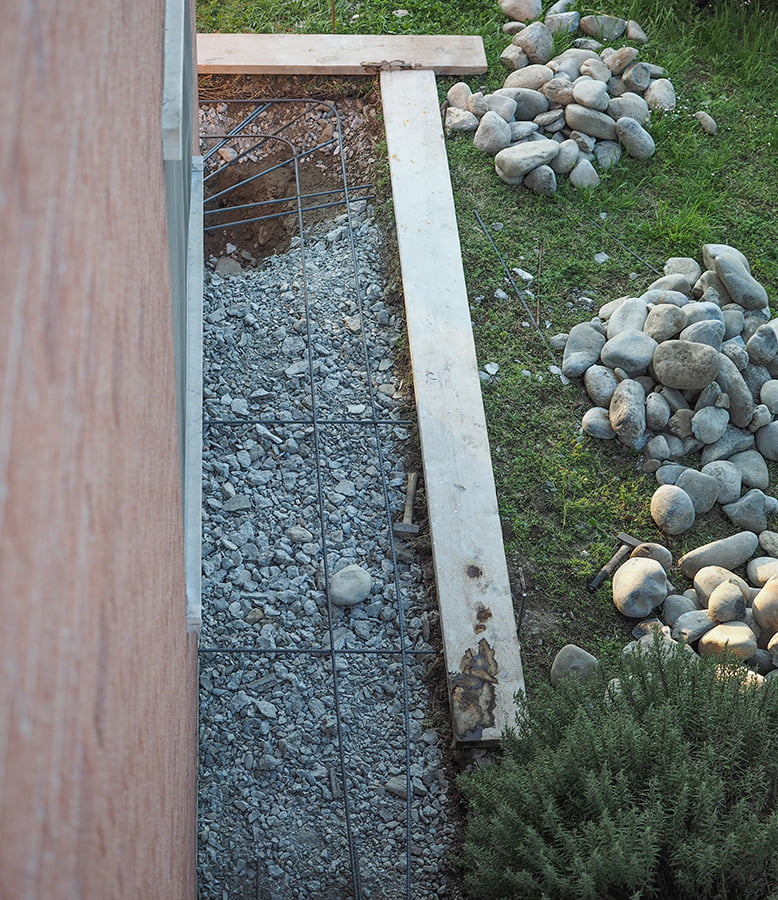
The soil type in this climate is typically sandy, with low fertility and high water retention. This means that plants must be chosen carefully to ensure they can thrive in these conditions.
The soil should be amended with organic matter to improve its structure and nutrient content. Drainage also needs to be taken into account when designing a landscape for this climate; it is important to ensure that excess water can drain away from the area quickly so as not to cause flooding or other damage.
This can be achieved by creating raised beds or installing drainage systems such as French drains or swales.
Plan for Sun Exposure Levels
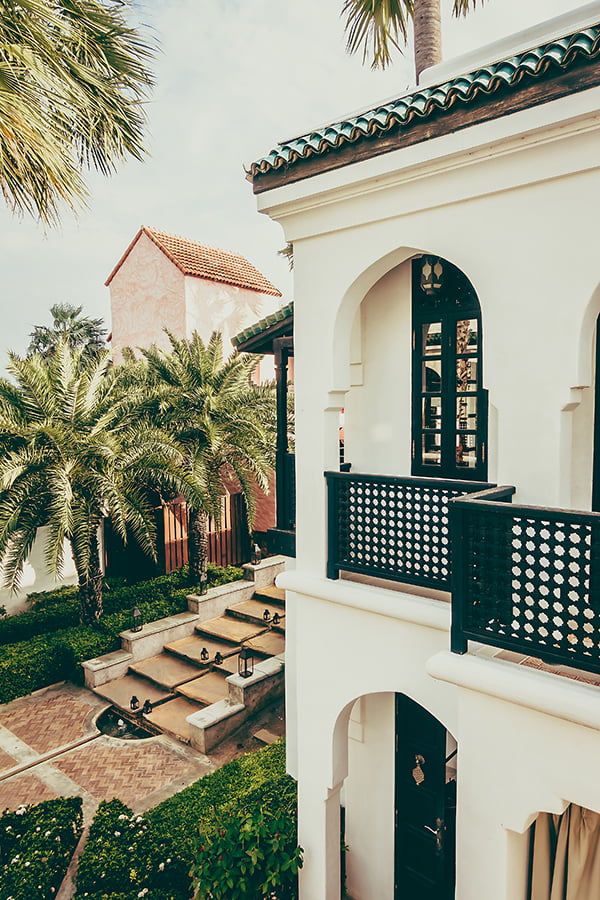
Sun exposure is an important factor in determining the types of plants and trees that can be used in the landscape, as well as how they should be arranged. To plan for sun exposure levels, it is necessary to consider the amount of direct sunlight each area receives throughout the day.
This information can be gathered by observing the area at different times during daylight hours or using a light meter to measure light intensity. Once this data has been collected, it can then be used to determine which areas receive more or less direct sunlight and what type of plants are best suited for those areas.
Strategically placed trees and shrubs can provide shade where needed while still allowing enough sunlight to reach other parts of the garden. By taking into account sun exposure levels when creating a landscape design suitable for a Mediterranean climate, you will ensure your garden thrives in its environment.
Utilize Mulch to Retain Moisture in the Soil
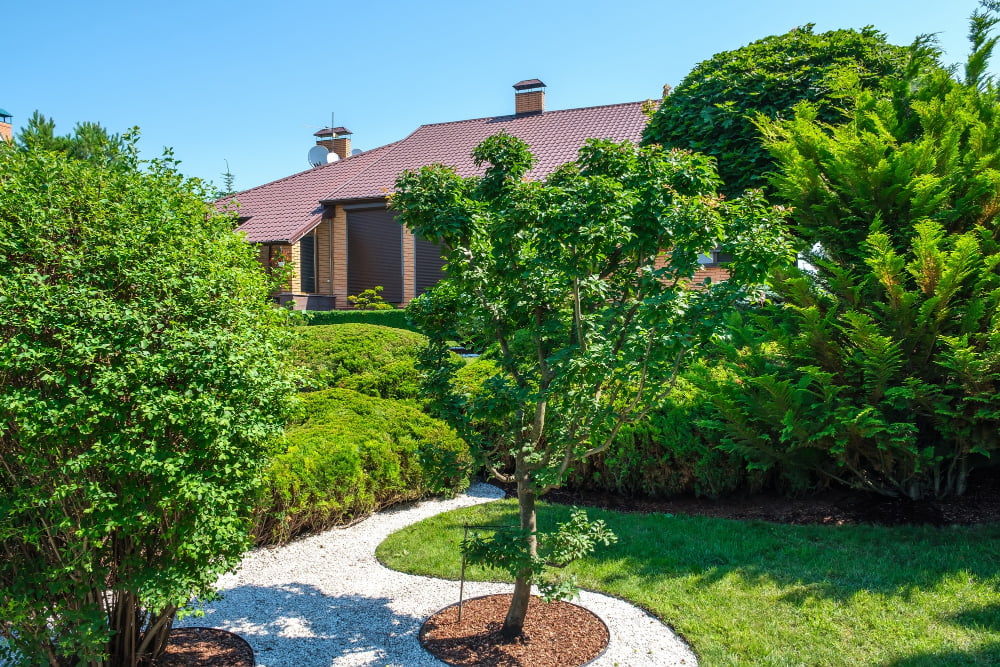
Mulch helps to retain moisture in the soil, which is essential for plants and other vegetation to thrive in this type of climate. By using mulch, you can help keep the soil moist and reduce water loss due to evaporation.
This will also help protect your plants from extreme temperatures by providing insulation against heat and cold. Mulch can provide nutrients to the soil as it breaks down over time, helping promote healthy plant growth.
When selecting a type of mulch for your landscape design, consider organic materials such as wood chips or bark that are designed specifically for use in Mediterranean climates.
Design With Fire Safety in Mind
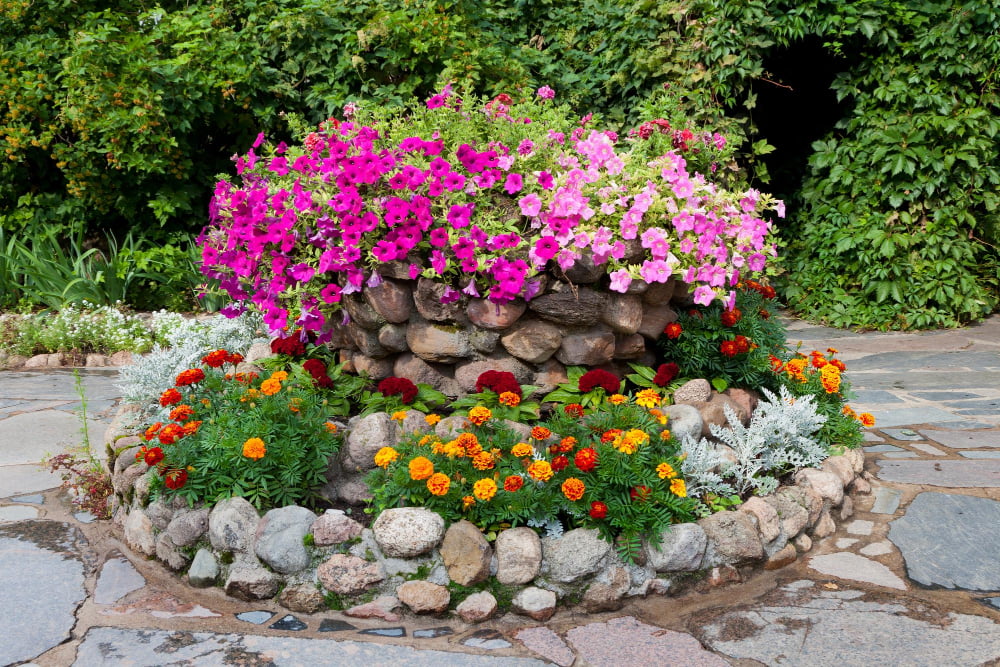
This means taking into account the potential for wildfires and designing with this in mind. Fire safety should be an integral part of any landscape design, as it can help to reduce the risk of property damage or loss of life due to wildfire.
When creating a landscape design for a Mediterranean climate, it is important to select plants that are fire-resistant and create buffers between combustible materials such as wood decks or fences. Consider using hardscaping elements such as gravel pathways or stone walls instead of combustible materials like wood chips or mulch.
Make sure there is adequate access to water sources so firefighters can easily access them if needed during an emergency situation.